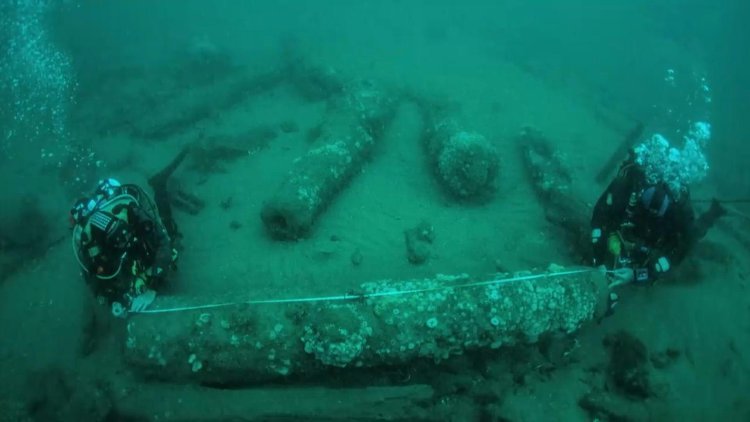Historic 17th century shipwreck discovered off UK coast

Explorers and historians are telling the world about the discovery of the wreck of a royal warship that sank in 1682 while carrying a future king of England, Ireland and Scotland.
The HMS Gloucester, traveling from southern England to Scotland, ran aground while navigating sandbanks off the town of Great Yarmouth on the eastern English coast. It sank within an hour, killing an estimated 130 to 250 crew and passengers.
James Stuart, the son of King Charles I, survived. He went on to reign as King James II of England and Ireland, and as James VII of Scotland from 1685 to 1688, when he was deposed by the Glorious Revolution.
The wreck of the Gloucester was found in 2007 by brothers Julian and Lincoln Barnwell and others after a four-year search. It was firmly identified in 2012 with the discovery of the ship’s bell.
Claire Jowitt, an expert in maritime history at the University of East Anglia, said the wreck was “one of the important ‘almost’ moments in English history.” Gloucester's sinking almost caused the death of the Catholic heir to the Protestant throne at a time of great political and religious tension in Britain.
“If he had died, we would have had a very different British and European history as a result,” Jowitt said.
“I think this is a time capsule that offers the opportunity to find out so much about life on a 17th-century ship.” she added.















